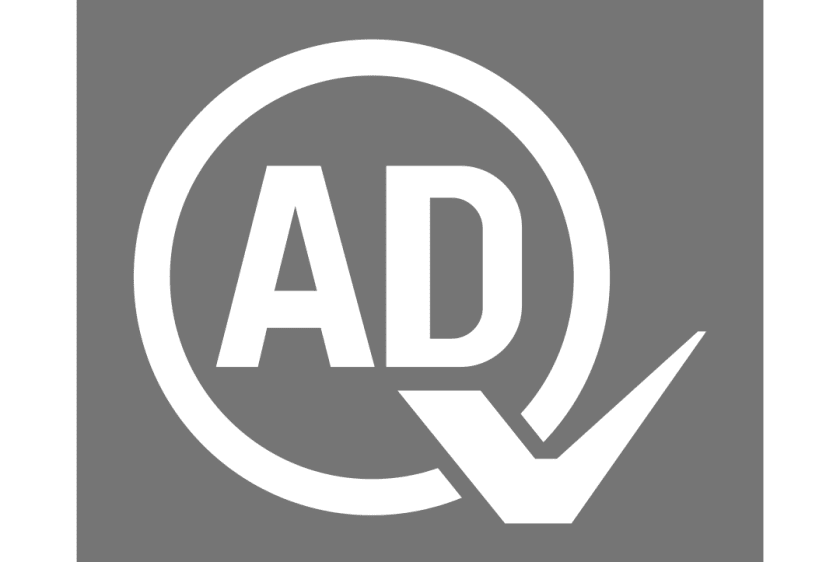With the rise of electric vehicles (EVs) in 2025, having a home EV charger is more essential than ever. A wall-mounted EV charger provides convenience, faster charging, and improved safety compared to standard outlets.
This guide covers everything you need to know about EV charger wall mount installation, whether you’re doing it yourself or hiring a professional.
Why Install an EV Charger Wall Mount?
- Faster Charging: Dedicated Level 2 chargers (240V) charge 5-7x faster than standard outlets.
- Convenience: Always have a charging spot at home.
- Safety: Proper EV Charger Wall Mount Installation reduces fire hazards.
- Increased Home Value: Future-proof your property for EV buyers.
Types of EV Charger Wall Mounts
- Hardwired vs. Plug-In: Hardwired offers more stability; plug-in allows portability.
- Smart Chargers: Wi-Fi-enabled, app-controlled (e.g., Tesla Wall Connector, JuiceBox).
- Universal vs. Brand-Specific: Some chargers work with all EVs, while others are brand-specific (e.g., Tesla, Ford).
Choosing the Right Location
- Proximity to Electrical Panel: Shorter cable runs reduce EV Charger Wall Mount Installation costs.
- Weather Protection: Install in a garage or under a carport if outdoors.
- Accessibility: Ensure the cable reaches your EV’s charging port easily.
Tools & Materials Needed
- EV Charger Unit (e.g., Tesla Wall Connector, ChargePoint Home Flex)
- Mounting Hardware (screws, anchors, bracket)
- Electrical Tools (voltage tester, wire strippers, conduit)
- Safety Gear (gloves, goggles)
Step-by-Step EV Charger Wall Mount Installation Guide
A. Pre-EV Charger Wall Mount Installation Checks
✔ Turn off power at the breaker.
✔ Check local electrical codes & permits.
✔ Ensure proper amperage (40A-50A for Level 2 chargers).
B. Mounting the Charger
- Mark the drill points using a level.
- Secure the mounting bracket.
- Attach the charger unit.
C. Electrical Wiring & Safety
- Follow the manufacturer’s wiring diagram.
- Use a dedicated circuit to avoid overloading.
- Ground all connections properly.
D. Testing & Final Setup
- Turn power back on & test voltage.
- Check for error lights on the charger.
- Connect to Wi-Fi (if applicable).
Common Installation Mistakes & How to Avoid Them
❌ Incorrect Wiring → Follow the manual strictly.
❌ Poor Location Choice → Avoid extreme weather exposure.
❌ Skipping Permits → Check local regulations before installing.
Professional vs. DIY Installation
| Factor | DIY | Professional |
|---|---|---|
| Cost | Lower | Higher |
| Time | Longer (if inexperienced) | Faster |
| Safety | Riskier if not trained | Guaranteed safe |
| Warranty | May void if installed incorrectly | Often includes warranty |
Best for DIY: Those with electrical experience.
Best for Professionals: Complex setups or hardwired installations.
Top EV Charger Wall Mounts for 2025
- Tesla Wall Connector – Best for Tesla owners.
- ChargePoint Home Flex – Smart features, universal compatibility.
- JuiceBox 40 – Energy monitoring & app control.
- Grizzl-E Classic – Durable, weatherproof design.
Maintenance & Safety Tips
- Regular Inspections: Check for wear & tear.
- Keep Connector Clean: Prevent dirt buildup.
- Update Firmware: For smart chargers.
FAQs
Q: Can I install an EV charger myself?
A: Yes, if you have electrical experience. Otherwise, hire a pro.
Q: How much does a professional EV charger wall mount installation cost?
A: Typically 300−1,200, depending on complexity.
Q: Do I need a permit?
A: In most areas, yes—check local regulations.
Installing an EV charger wall mount is a smart investment for any EV owner. Whether you choose a DIY approach or professional EV Charger Wall Mount Installation, following safety guidelines is crucial.
🚗 Need Expert Help?
👉 Contact Us Today for a EV Charger Wall Mount Installation!




